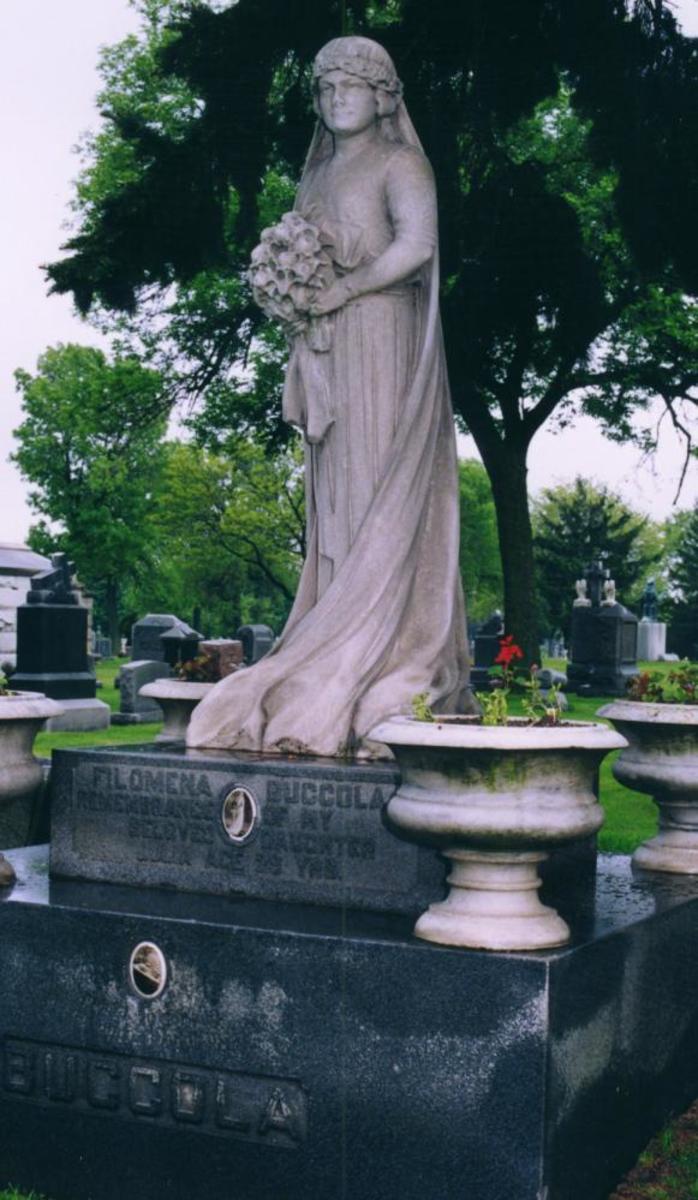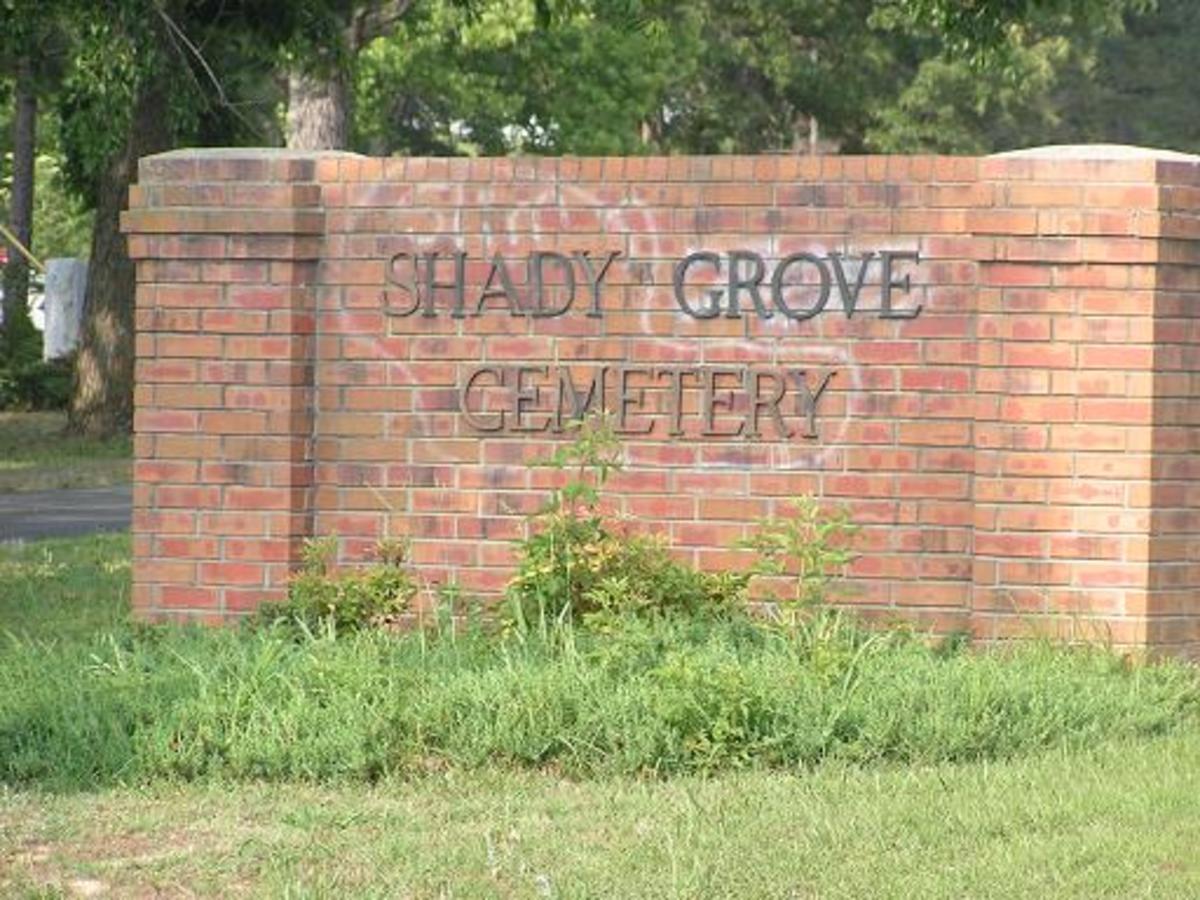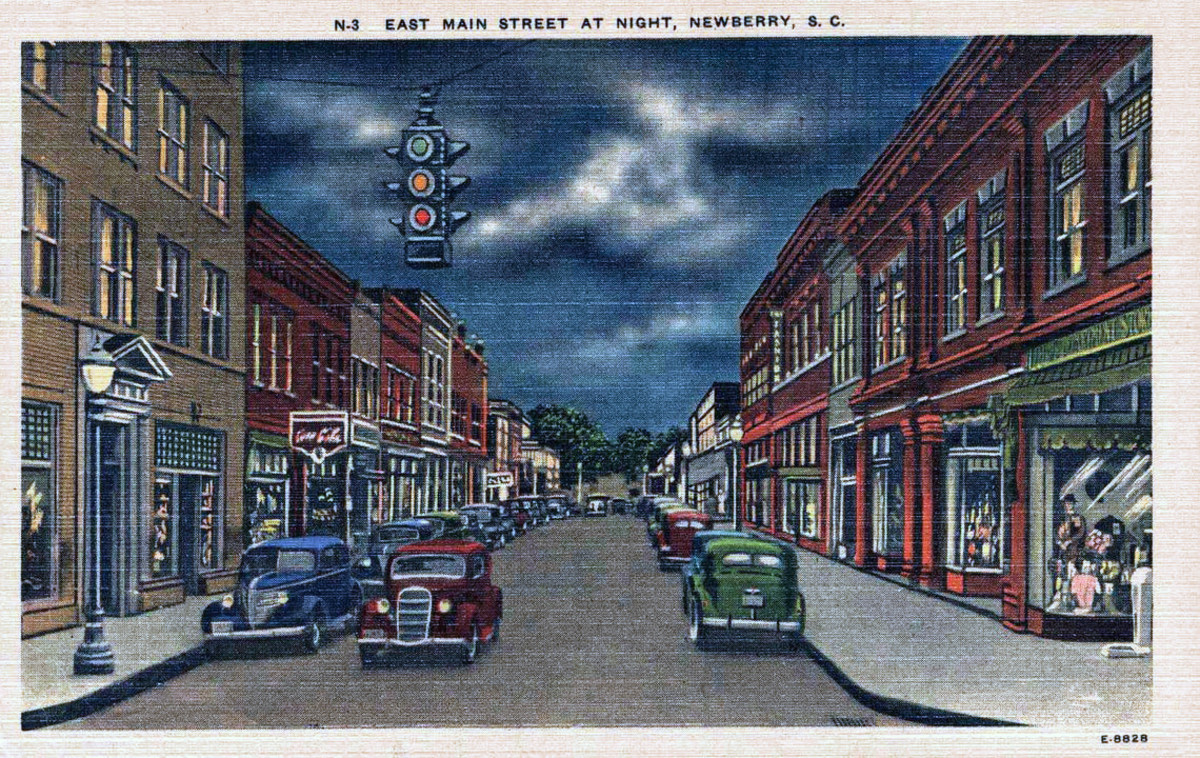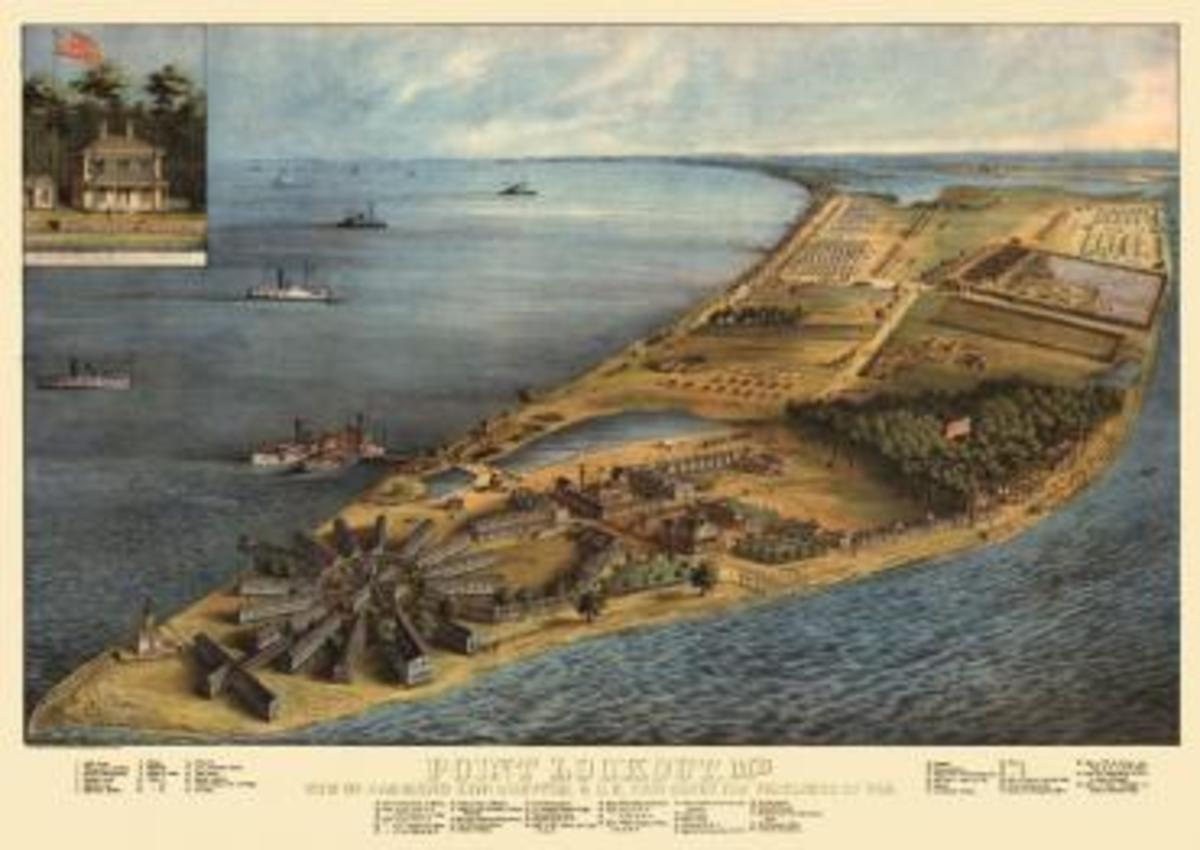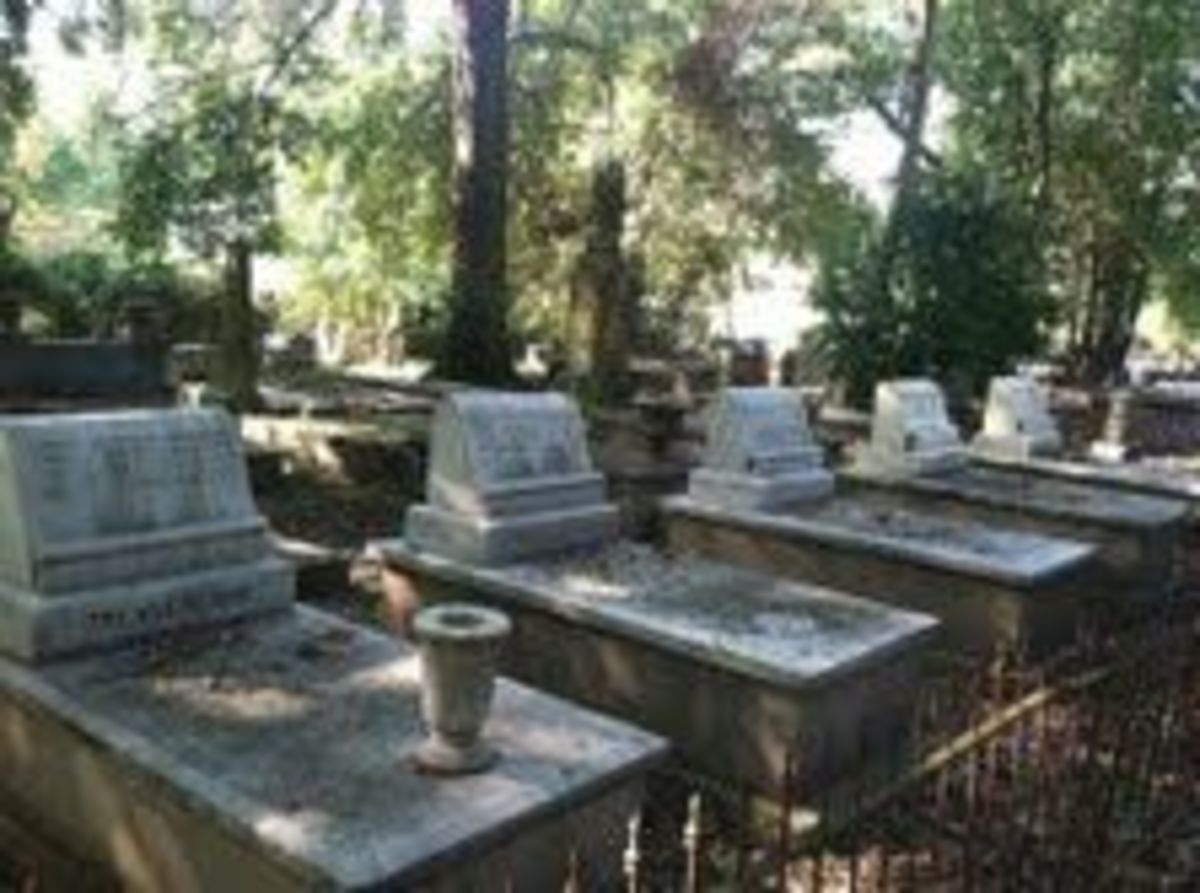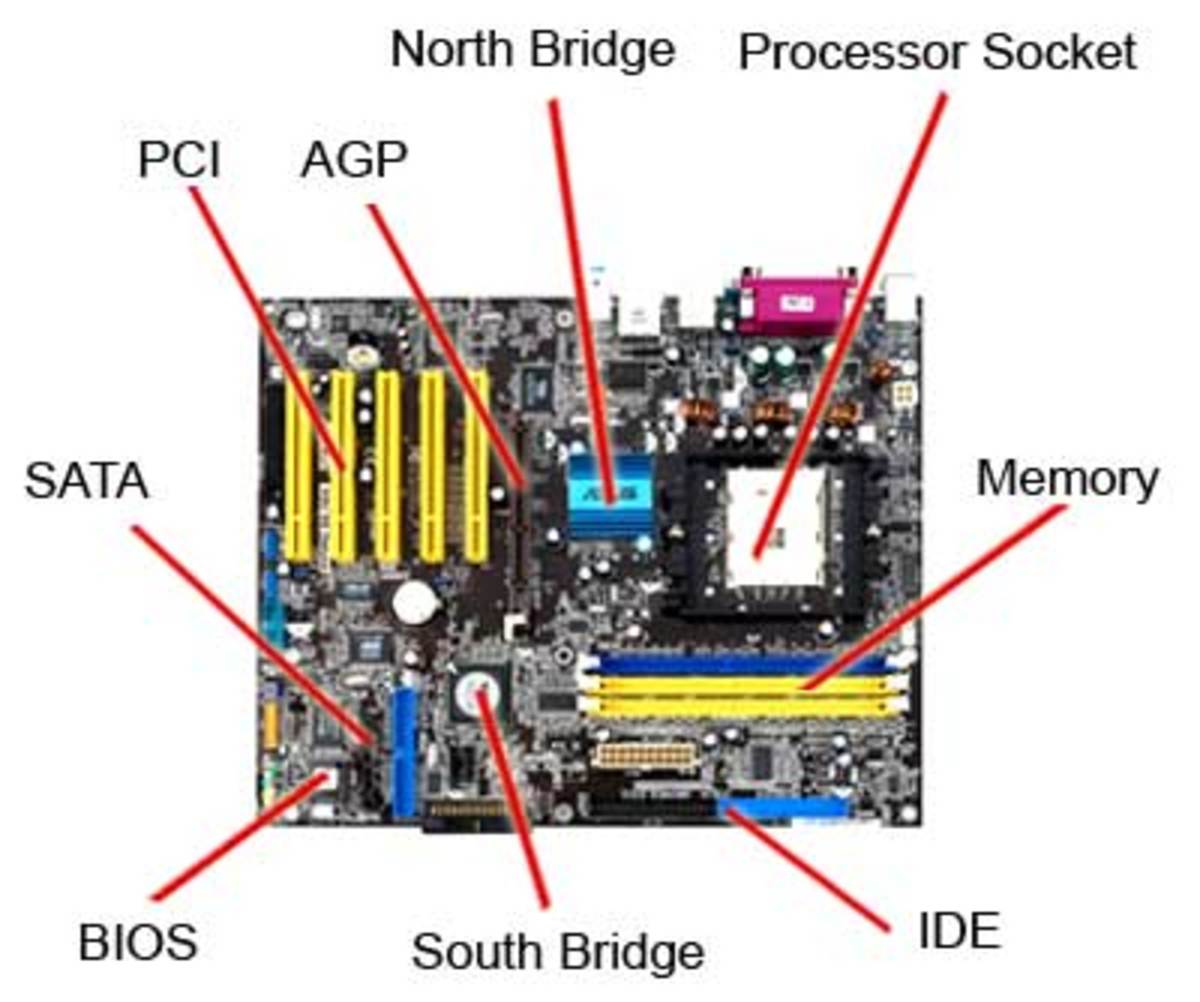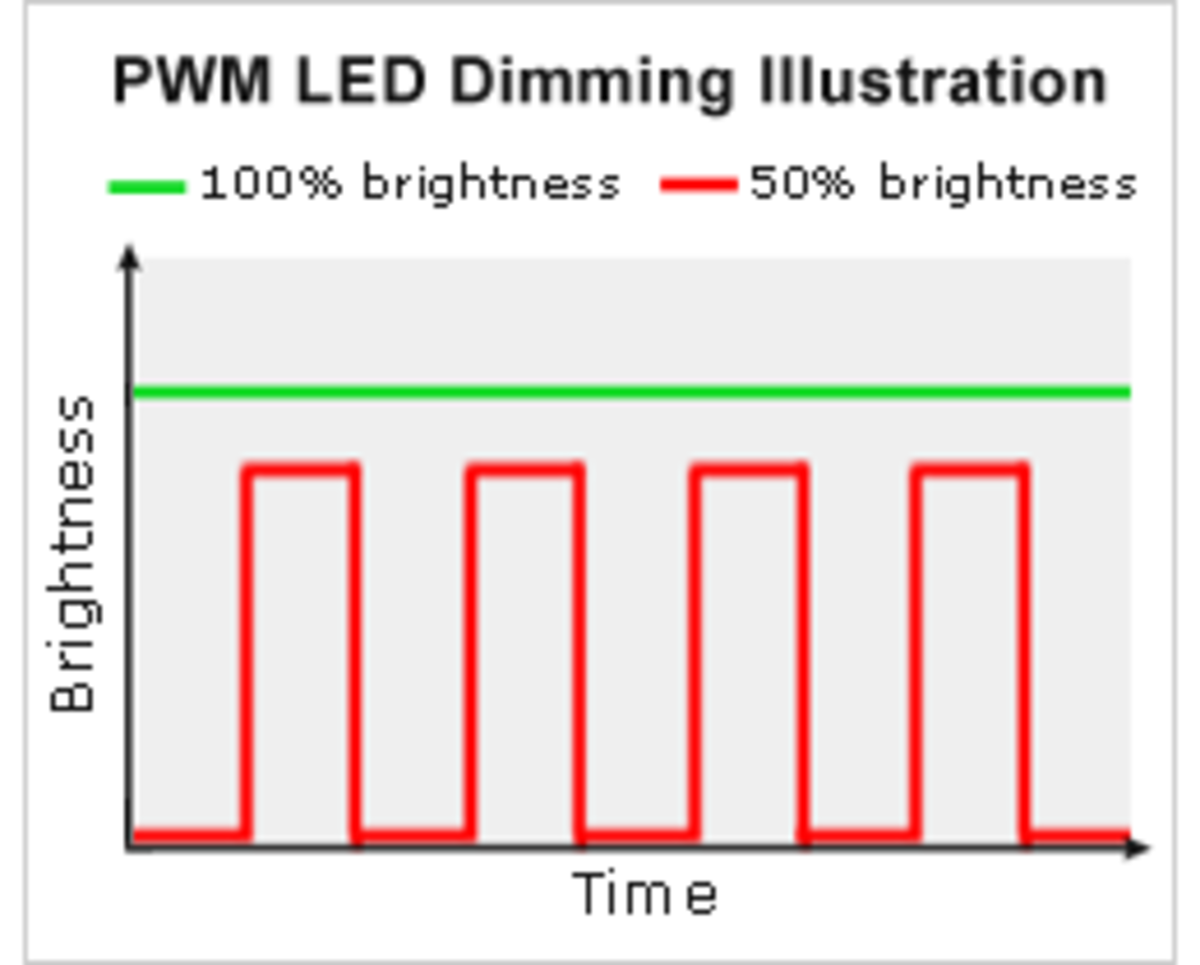Haunted Mac

I was in Uruguay when I discovered I had caught a virus. It was an insidious thing I had picked up in Panama. It took me a year to get over it. The final cure came from a sweaty swarthy fellow who sat in my living room for hours, talking to me in unintelligible Spanish while he gazed at number and letter filled screens on my Dell and inserted a variety of pirated discs.
So when I got back to the US and needed to buy a new lap top I found refuge in the Apple store, where I was repeatedly told that Macs don’t get viruses.
I know nothing about computers, except that I need one, and I don’t want to get another virus. I had had super duper firewalls on my Dell. Including something I got in Fry’s that the employee had told me was from Switzerland, or somewhere strong and impenetrable sounding. I never downloaded anything I was e-mailed, never used WiFi, except for the airport in Panama. And there, all I did was open the screen which asked for my credit card number in order to use the WiFi, unwilling to give them that info I immediately closed the screen.
And I got a bad bug, so I was once bitten and twice shy.
I decided to get a Mac, and I wanted virus protection and firewalls. After several visits to my local Apple store, and a little research, I still wasn’t believing the thing about no viruses, but the young fellow with the ear plugs and pierced eyebrow from whom I finally bought my Mac was very convincing, so I went out into the world with an exposed computer.
Three years later, lots of public WiFi use, and even opening some suspicious attachments, my Mac is running fine. So I am happy to say that Macs really are immune to viruses, but that isn’t all they are immune to.
Over a year ago I started doing research on my family tree. There were suspicious inconsistencies which led me to family secrets that I couldn’t quite figure out. At one point I paid a professional genealogist to gather documents. He scanned them onto his Mac and e-mailed them to me, and I opened them on my Mac.
I studied the names and burial records and believed we had discovered that my grandfather’s brother’s was buried less than 30 miles away. Only one cousin, Tyler, was interested in going to the cemetery with me.
It was closed. I don’t mean, it wasn’t open that day, I mean, it was full, all of the spaces were taken in the last century, and it was essentially abandon. The city government, not wanting a mini-mall to sprout up on top of graves, took over the cemetery and assigned its upkeep to another cemetery. We had to make an appointment with them in order to visit it. A lanky maintenance man met us there, unlocked the huge gate, and then after letting us in, closed and locked it, saying he’d be back in an hour.
Because demographics and development had shifted since 1927 when our relative died, the cemetery now abutted a freeway, and what looked like public housing. It was surrounded by high walls topped with barbed wire, the razor kind, yet there was still some graffiti and some of the tombstones looked damaged.
Though the cemetery was small, huge overgrown trees in the center blocked a full view of it from the front gate. As Tyler and I walked around in search of the our long lost uncle we lost sight of each other. Walking up and down the rows, reading the names on the stones, we found each other again, but we didn’t find our relative.
“Whew, this place is unsettling,” Tyler said.
“Yeah, I keep thinking we are not alone here,” I answered.
“I feel it too, a lot of unreleased energy.”
“Huh?,” I looked at him quizzically, “Oh,” I said pointing at one of the walls. “I am worried about whomever cut that barbed wire and painted those little swastikas on top of the Star of David over there.”
As usual Tyler was more sensitive to the spiritual side of things. He was able to pin point where he thought our uncle should be. Sure enough, when we finally got back to the offices of the mortuary who cared for this cemetery, and they looked through their records, they found a relative of ours buried there, but it wasn’t our great-uncle. It was his son. We couldn’t find him because he had never had a tombstone. There were no records to tell us why he was buried without a gravestone or any recognition that he lived except for a name on a list on piece of paper from 1927.
So we left, puzzling over the possibilities. Circumstantially it looks like he was just abandon at the mortuary by parents who did not want to pay for his burial. I don’t say “could not” because he is buried in an Orthodox cemetery and at that time and in that culture the community would make sure that a dead child had a proper burial.
Back home, pouring over the census and other documents, trying to come up with answers, I discovered something significant.
In 1910 my grandmother was 43 years old, but in 1920 she was 20. The kids who had been listed as hers were gone except for two, and now she was listed as their sibling.
A PC using cousin started doing some research too. He concluded that the inconsistencies stemmed from a social peer pressure to avoid association with, alternately, Jewish, German, and Russian ancestry.
But the document I found led to a more sinister conclusion: Our grandmother assumed the identity of someone who died in the Spanish Flu epidemic around the time of the First World War.
The 1910 census was my key.
How did that connect with the child in the unmarked grave? Perhaps the cousin with the PC could piece it together with what he had found.
But the census document wouldn’t open on my cousin’s PC, nor could I get it to show up on my memory stick when I put that memory stick in a PC. There is was, along with all the other documents, transferring to the memory stick. Then it was a blank page among all the others when the memory stick was inserted into a PC.
I was able to print it off of my Mac, but the printed copy disappeared before I could get it out of the house.
The next day my memory stick was gone.
Tyler, with his Mac, was able to receive a copy of the 1910 census but I couldn’t get it to my PC using cousin.
“Let it go,” recommended Tyler. “Let’s focus on now. Let’s get a marker on our distant cousin’s grave.”
I agreed. Conjecture and theories don’t move anything forward, on this plane of existence or the next.
So we set about arranging for a stone, and for our Rabbi to do an unveiling.
When I decided not to share the 1910 census with my PC cousin, the document I had printed from my Mac reappeared, and I found the memory stick in my car, though I hadn’t had it in my car when it disappeared earlier in the week.
So, though I didn’t figure out the mysteries in my family history, at least I learned that not only are Macs immune to viruses, they cannot be haunted either.

